Manufacturers face numerous challenges in today’s competitive landscape that decrease productivity and efficiency right from the very beginning.
Common glitches are labor shortages, growing operational costs, and the demand for faster production cycles.
Discovery of these challenges is of fundamental importance, as it is in this where the necessity of automating processes is actually realized.
Removing all bottlenecks and turning idling around would allow for factories to streamline operations and increase overall performance.
Automation is beneficial in that it allows for increased accuracy, reduces the risk of human error and increased safety.
They represent two benefits of an automated process and also increase production rates and reduce labor costs. Improved automation will also improve consistency and quality in goods, meeting consumer expectations and improving competitiveness as a result.
To ensure successful automation, factories have to set a fixed target.
From improved production times to greater production volumes through improvement in product quality, specific targets must be defined in manufacturing organizations.
These targets would guide the upgrade process, aligning all the efforts toward the facility’s strategy and vision.
Also Read:
- How to Choose Automation Equipment to Boost Production Efficiency
- Improving Winding Efficiency in Textile Factories
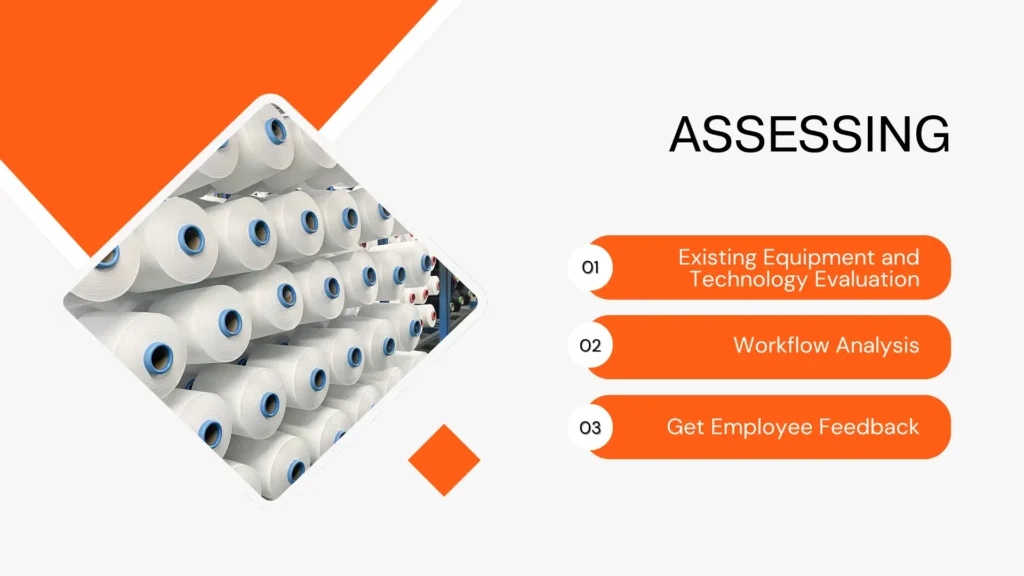
Assessing Current Systems and Processes
Existing Equipment and Technology Evaluation
But before you progress on automation upgrades, it is pertinent to evaluate existing equipment and technology.
This will comprise identification of old machines and the boundaries in software, along with where automation would best fit in.
Then capitalizing on the strengths and weaknesses in the present system, options for suitable upgrades can now be formed.
Workflow Analysis
Expect a check on efficiency flow throughout the production processes in any organization.
This will help in laying out all involving steps related to the process that will result in the marking of some culprits at different forms of increased costs to operation efficiencies.
Automation solutions role becomes empowering the value of flow of production while minimising all losses with wasted effort and resources.
Get Employee Feedback
Employee input is key when it comes to identifying areas of improvement in processes.
Employees have many of the insightful comments and suggestions that can serve as perspectives to the real problems at hand.
Speaking to employees is key to fostering a culture of participation and real-world scenario that must be addressed on the shop floor by an upgrade.
Also Read:
Strategies for Reducing Downtime in the Production Process
Researching Automation Solutions
Explorations of Available Technologies
There are various automation technologies to select from, which should be explored.
From robots and artificial intelligence, to intelligent devices and the network of things, to advanced manufacturing systems, understanding the capabilities and limitations of every type of technology is essential, enabling a factory match the most appropriate solution with its specific needs.
Contrast with Different Automated Systems
In contrast to finding possible technologies, a most important way to compare automation systems lies in recognizing them.
Some compare criteria include ease of integration, expansiveness, cost, and compatibility with existing systems.
By doing comprehensive comparison, factories will be well equipped to come up with informed decisions that are within line with their goals and budget.
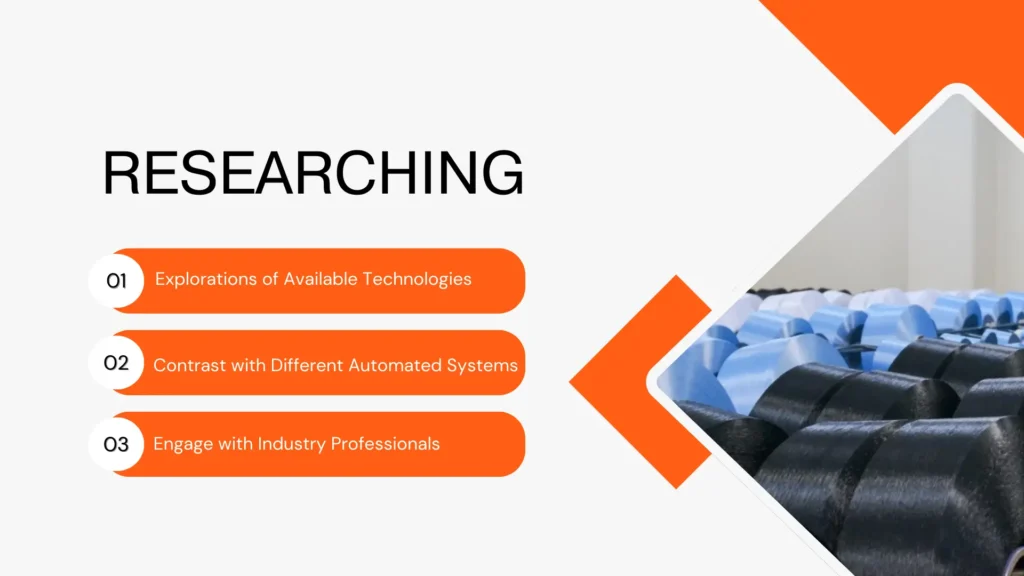
Engage with Industry Professionals
Reaching out to industry professionals can provide valuable insights and consultancy throughout the research process.
This would help the factories in a number of ways, including how to scale up successful automation technologies.
Moreover, experts would help in laying down the best practices, knowledge, and experience on what has worked in past implementations.
The experience contributed by such experts prevents the companies from common pitfalls and would help to make the transition very smooth.
Developing a Strategic Plan
Time Frame Set for Operation
In implementation improvement, a well-defined timeline is important. Industrialists should put on paper things to mark milestones as well as deadlines for every one of the stages of the implementation.
This timeline will help keep the project focused and guide all stakeholders to sync their progress indicators.
Budgeting for Upgrades
It’s a vital component of every upgrade planning. Factories will have to calculate new equipment, software, training, and potential downtime costs during setup to have a full budget in place to allow perfect financing planning and effective allocation of resources.
Bringing Out the Highest Impact for an Upgrade First
Not all upgrades are going to give the same amount of impact in the productivity.
An ROI-focused upgrade prioritization can thereby allow a factory to concentrate first of all on those changes that are going to bring the highest benefits.
In this form, scarce resources are employed most effectively and efficiently.
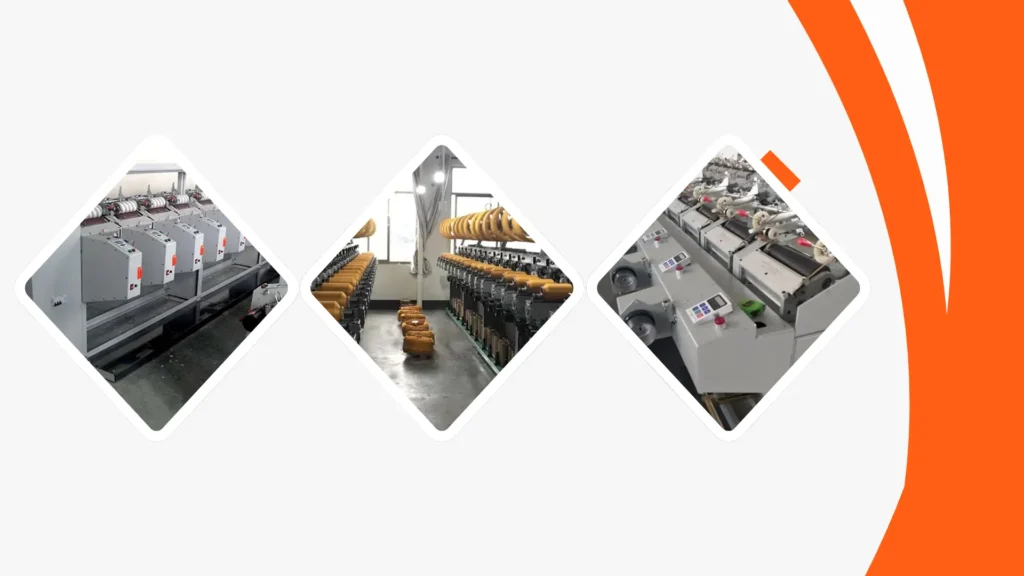
Choosing the Right Vendors
Evaluating Supplier Reputation
Selection of the right suppliers for automation equipment and services is an essential activity to undertake in factories.
Factory authorities should have a thorough understanding of their past work, and get feedback from customers, good and bad, and case studies as to why they perform the way they do.
Right selection gives assurance in having good equipment and also gives rise to receiving ongoing good support from the supplier during the implementation phase.
Reviewing Customer Support Terms
Any upgrade in automation needs high customer support, and factories need to size up and interact with suppliers such as installations, training, and maintenance services.
This way, the change cannot make way too many or avoidable disruptions.
Requesting Test Demo
If nothing else, requesting a demo or trial before deciding on a purchase can offer the most real-info on running automation systems in today’s factories.
A factory gets a feel for equipment performance and its links with the manner its workflow functions by testing systems in-house; this leads to taking better and more-informed decisions in purchasing this equipment.
Training Your Workforce
Instruction of Employees for New Technologies
With the advent of automation technologies, it becomes important to inculcate the changes into employees and let them comprehend the benefits of automation.
Train them about how automation will have an impact on their work areas.
It facilitates taking off the steam of all worries and building a positive attitude about the upgrades.
Providing Intensive Training Programs
Intense programs for training are prerequisite to enable employees to render new systems operation properly.
Factories should provide training on technical skills along with safety measures.
Such training will result in high confidence at the end. In such an environment, highly efficient use of new technologies will be possible.
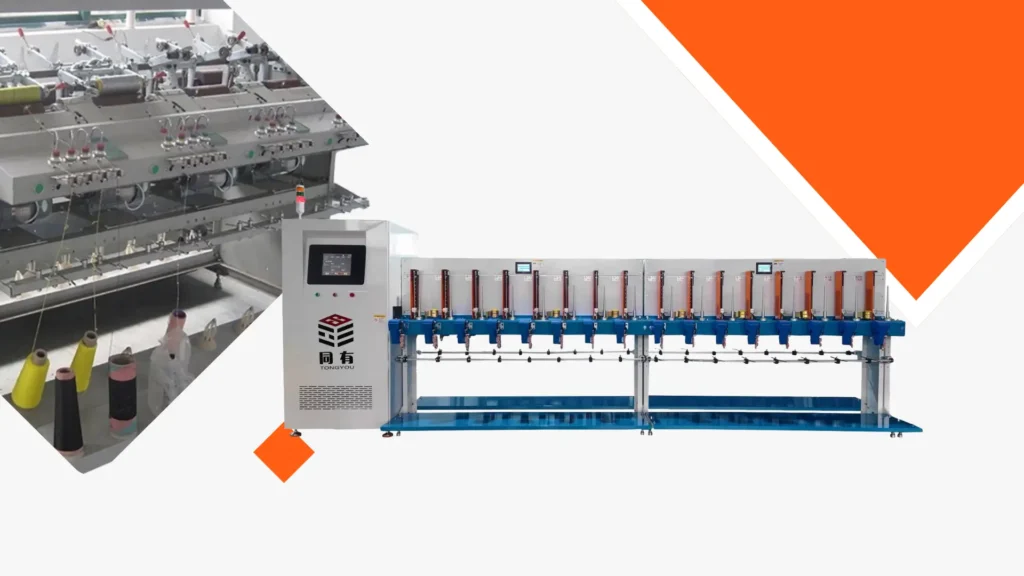
Procuring Employee Feedback and Adaptation
Facilitating a culture of feedback will be very crucial during company training and phases of executions.
Companies are required to request and gather the perceptions of their employees on deployments and how they have fared after immediate deployment of those systems.
The feedback may spawn recommendations for improvements which will then help in an ongoing adaptation into new technologies.
Implementing the Upgrade
Inaugural Activities and Taking Inventory
The installation determines the actualization processes by automation.
Preparation to be done for software and hardware installation is sure not to include disruptions, and it will be taken care of so critically. It secures a definite operating service from the beginning.
Fostering Productive Production During the Upgrade
To maintain production throughput, new measures should be adopted within the factory as upgrades land.
For instance, it may involve making the installations after normal business hours or gradually integrating the new technology into the existing production process.
Proper planning enables everything to stay in track and production not to be touched with the latest technologies installations.
Testing and Adjusting Systems after Installation
Initial testing must be performed on the newly installed systems to ascertain developmental progress.
In addition to performance, factories will need to carefully analyze results to make necessary calibration in system setups. Such methods could underscore the following phrase.
Monitoring and Evaluating Performance
Establishment of Key Performance Indicators (KPIs)
Setting key performance indicators (KPIs) begins what is important since the indicators are what will help measure the success of the upgrade through automation.
This should involve the identification of specific metrics that would measure efficiency, productivity, and quality.
This way, the predefined indicators during the upgrade can act as yardsticks over time in determining how well its effects have improved.
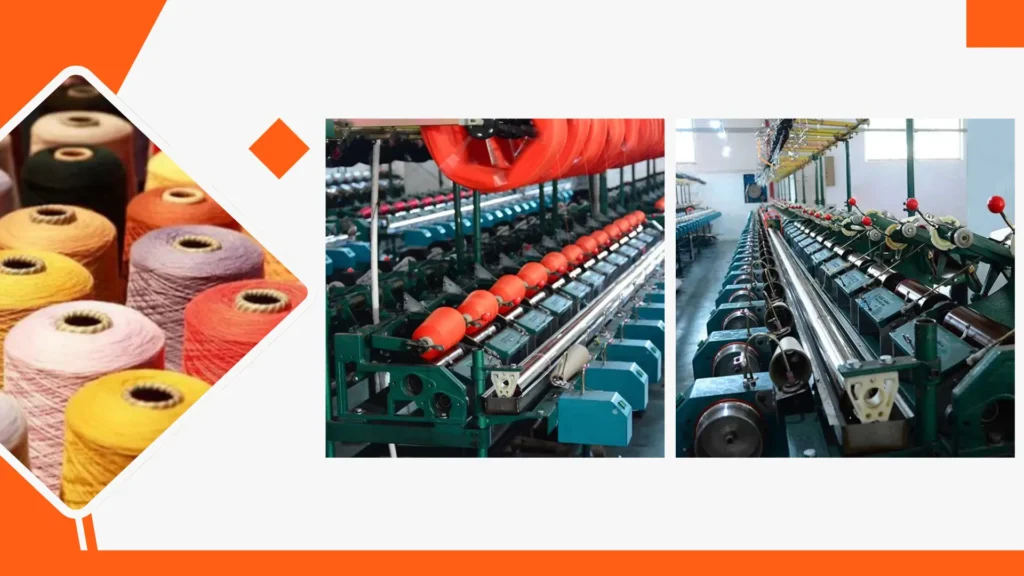
Collecting Data Barriers in Production Efficiency and Productivity
You have to collect data regularly about how much production efficiency and productivity are running in a factory.
They will be able to evaluate how effective the automation systems are using the collected data by identifying trends, improvements that will be done, and the next level of optimization that is possible.
Performance Metrics Collection
Monitoring is significant because there are numerous adjustments that require informed decisions by measuring and refining automation systems.
It is responsive by staying data-driven throughout time to optimize the processes and aim to achieve a higher degree of “desired outcomes” realization.
Continuous Improvement and Future Upgrades
Cultivating An Environment of Innovation
For long-term success, it is essential in the first place to create a cultural innovation within the factory while encouraging employees across all levels to share their ideas and embrace new technologies and thus develop an environment that moves to constant improvement.
When continuous improvement becomes the new standard, then the company will always have that internal energy to be competitive even when the broader market shifts towards another trend.
Keeping Abreast with the Industry’s Evolving Trends
All the times, innovations and new technologies take new trains that will be termed as change, and they are finding new approaches to performing tasks.
Such changes will require the factories to understand others or applications of the same new introduction as the current point above pulls the companies’ attentions towards such a more competitive edge with the most advanced technology as companies have to stay in control of such changes.
Pioneering Preparing Future Technology Integrations
Companies have to rely on how they will incorporate the introduction of automated systems by planning for future innovations and developments in line with their automation upgrade programs.
This future-preferred position will enable the factories to remain flexible and adaptable to future needs and future market demands.
These forward-thinking factories improve performance and competitiveness.
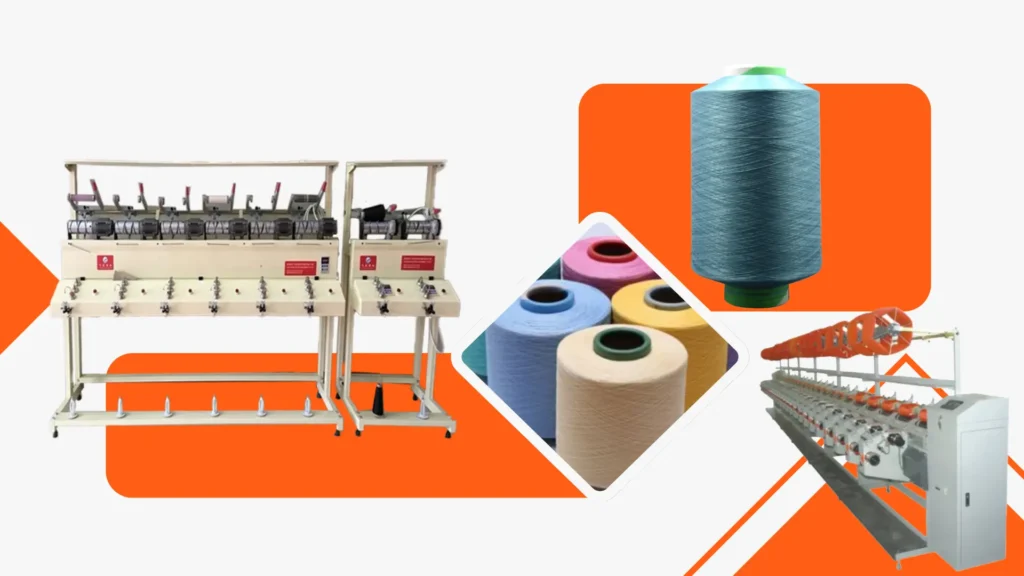
Conclusion
Generally, the implementation of automated upgrades is done by integrating various steps; that is, understanding the production roadblocks, reviewing the current systems to find the proper solution, and finally developing an action plan for implementation.
By following these steps, it is both better understood and successfully improved to such a process.
Adopting automation upgrading is instrumental in making the factories competition-ready.
The many advantages of increased productivity, lower cost, and improved product quality make automation upgrading investments well worth while for any manufacturer.
To conclude, automation is no longer an option, but an essential part of modern manufacturing.
Factories may invest in automation upgrades to improve performance, meet customer demands, and ensure the security of their places in the industry.
Manufacturing a world in which the future is automatic and we are bit bashful to embrace this change.


